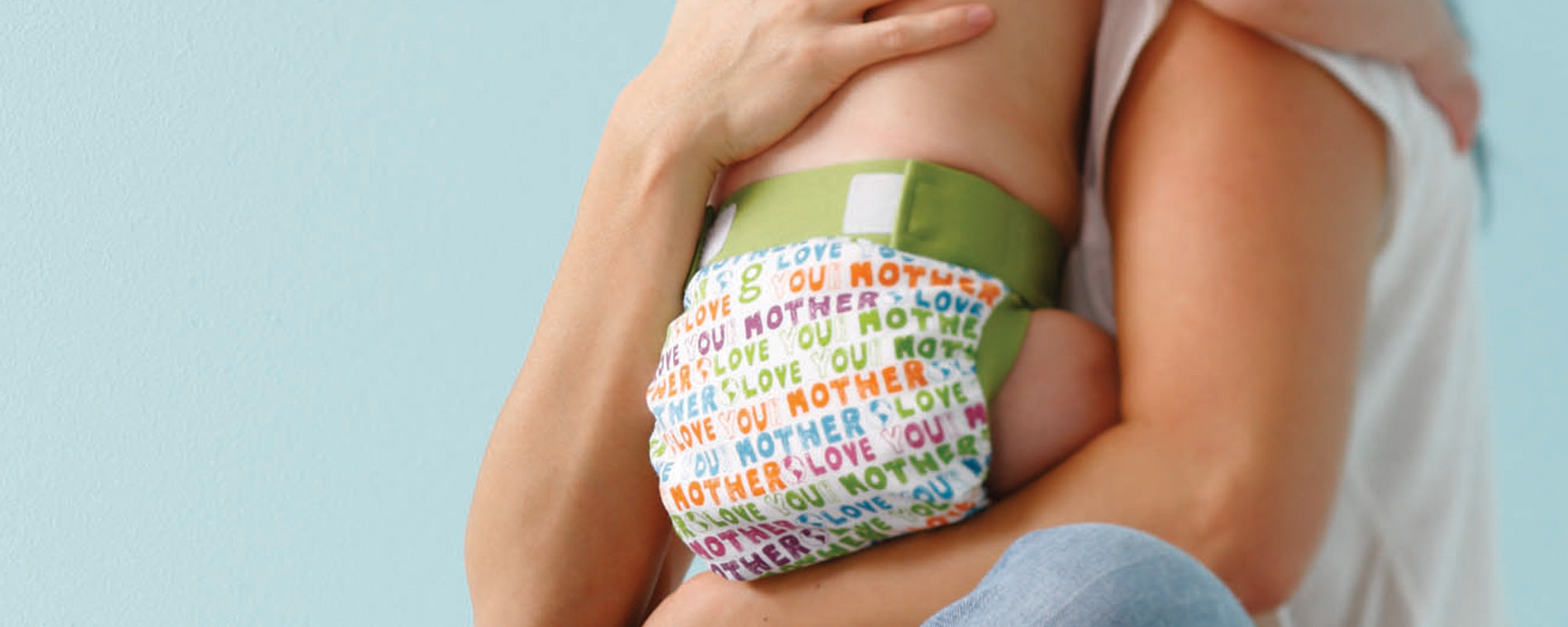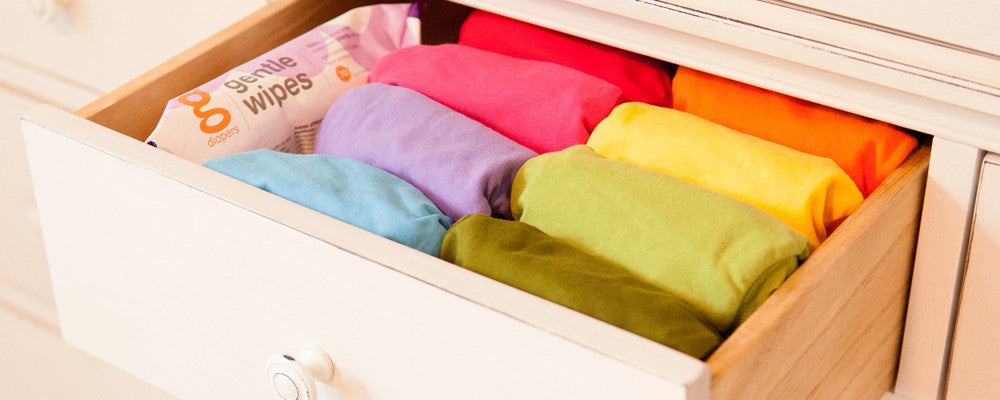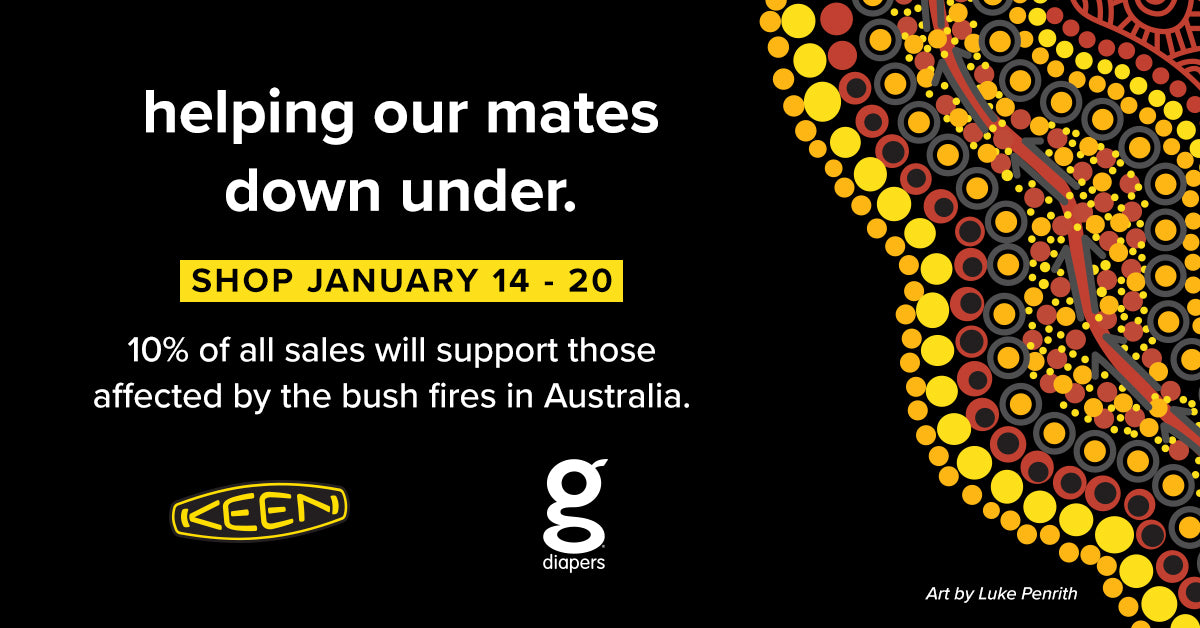On location with Carrie and Cooper: Composting at 10,000 feet.
Leadville, Colorado has an alpine subarctic climate with cold winters, mild summers and minimal rainfall. It’s where educators Carrie, Cooper and their daughter, Hattie call home. Carrie, Cooper and Hattie will be welcoming a new addition to their family later this fall. They’re prepping their home and nurturing their gardens with home-grown compost that includes Hattie’s wet-only disposable inserts. They’ve kindly welcomed us in for a peek of their day-to-day in a continuation of our blog series: gDiapers On Location.
“After adding the compost to the late-start gardens, they have begun to take off. Plus, with all of the rain last month, the already abundant garden has exploded. With the frost fast approaching, a lot of these greens will become pureed into baby food we can freeze for the new arrival. We’ve received boxes upon boxes of hand me down boy clothes as we prepare for round two and spent countless hours going through them as we recycle more than just diapers. It’s fun to see some of Hattie’s old sleepers and such come back around, including a variety of gDiapers from friends on board with sustainable underwear.”

Home composting doesn’t require much. Almost any natural organic material is suitable for composting. Home composting is a balance of brown and green materials. Carbon-rich or “brown” materials include dried leaves, paper, wood chips or hay. Nitrogen-rich or “green” materials include fresh grass clippings, kitchen scraps, coffee/tea grounds and gDiapers Disposable Inserts (wet ones only*). Once you achieve the right ratio you then strive for heat, which is generated by the air and water in your compost pile. Piles warm up more easily if they’re not too wet and not too dry. Heat is where microbes thrive, and microbes are the brilliant little buggers that biodegrade organic matter. Carrie and Cooper have taken on the challenge of composting in an environment that is fairly arid, with mild summers and cold winters. But it’s not the only challenge that’s on their minds.
“One of the greater challenges will be chasing after and keeping a toddler occupied while tethered to and caring for an infant. Baby’s sedentary early lifestyle will be in direct contrast to Hattie’s frantic pace and desire to do three things at once. The fact that baby’s early months will be in winter (Hattie was a spring baby) will make it vital to get everyone out of the house on a regular basis. Hattie will want to play outside on her slide in the snow … not the optimal environment for an infant. Fortunately, we have a LOT of warm things to bundle an infant in thanks to all of the hand-me-downs from friends.
The other primary challenge will be the sleeping arrangement. The “nesting” cycle has hit again as we consider various options for how to house us all in 1,300 square feet with two bedrooms and one bathroom. Of those two bedrooms, only one actually has a door. A noisemaker in Hattie’s doorjamb acts as the noise barrier as installing a door is spatially impossible, but we still have to tiptoe in and out of our bedroom and she often hears us and gets up. “Getting up” used to be bouncing in her crib or playing quietly, but now she climbs out and knocks on our door or comes downstairs…so we need to find a way to manage sleeping arrangements in a way that allows for some to rest while others are awake – not so easy in a house that creaks with every other step.”
Growing.
“I think it’s safe to say that expecting a second child is as daunting as it is exciting. It won’t all be brand new again, but it’s amazing how one forgets the little details that seemed so vibrant at the time. We used to be rather astonished when friends could never recall specifics about timelines for bottles, solid food, and potty training when we asked … but I get it now. The progression all melds together and things happen when they’re supposed to, and no two infants are alike so comparison is a futile exercise.”
As school starts and the weather shifts, Cooper and Carrie promise to keep us posted on the growth and ever-present change that they witness, from making dirt to making a family. More challenges, milestones and stories. And Hattie will continue to show us how to make dirt out of her wet diapers.
* Home composting does not reach internal temperatures high enough to kill the pathogens associated with feces. You need to reach 55° C (130° F). Please do not home compost poopy inserts.











0 comments